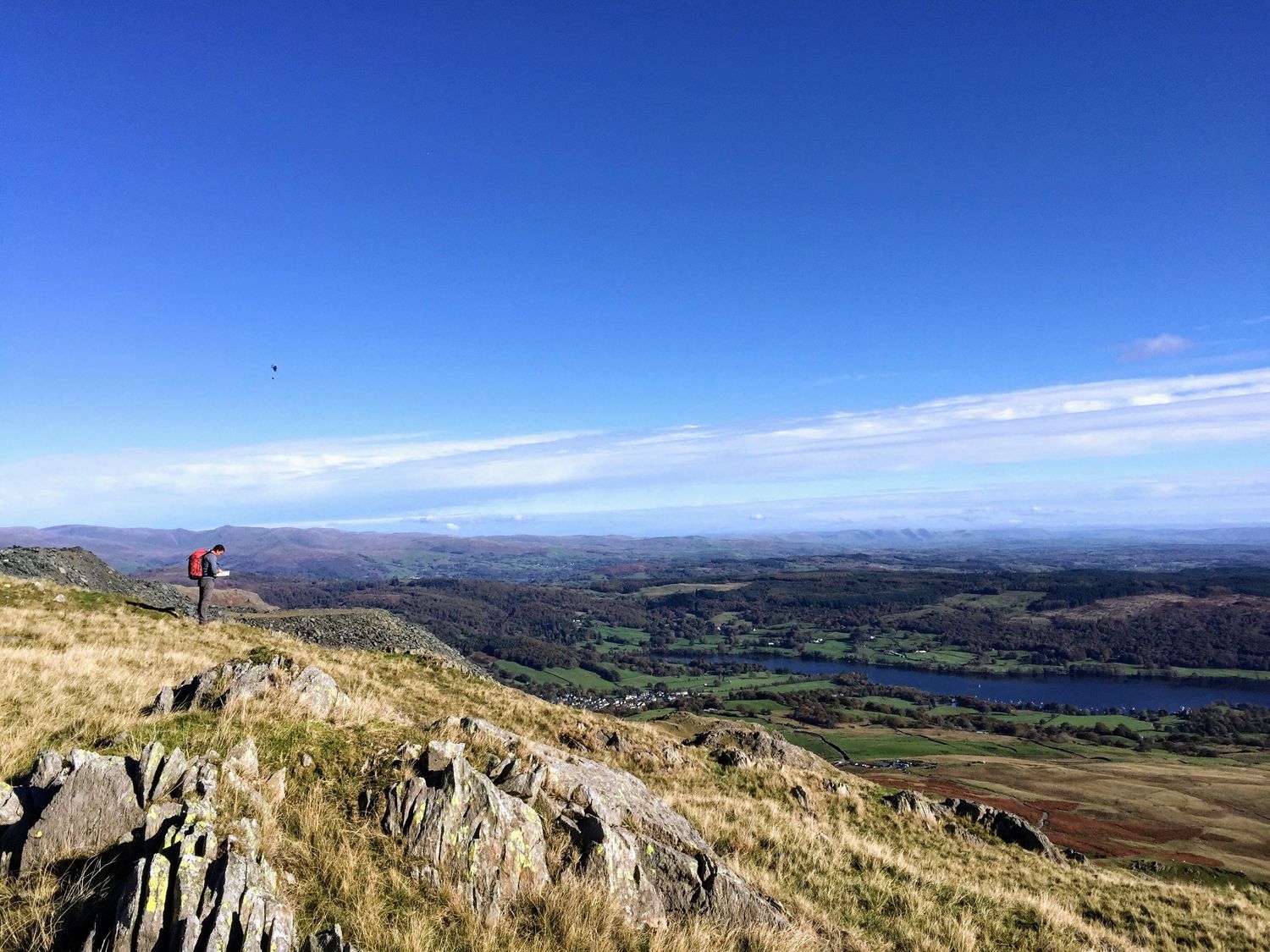How To Stay Mountain-Fit When You Can’t Get To The Mountains
/WRITTEN by CHRIS & ANNE ENSOLL
Mountaineering is the best training for mountaineering, but unless you live somewhere like the Lake District, you’re going to have lots of times when you can’t get to the mountains. You will lose your mountain fitness pretty quickly if you’re not intentional about working at it, but there are lots of things you can be doing that will maximise your time when you do get out there - and you’ll benefit mentally from thinking about and planning your next trip away.
Being mentally prepared
1 Set goals
It’s always good to know what you’re aiming for, and encouraging to tick it off when you achieve it. Read about how to set realistic and achievable goals in this blog post.
2 Read the right books
Immerse yourself in the books you would be looking at if you were heading out to the hills. Examples are the Wainwright guides to the Lake District, Scrambling guide books, mountain weather books, and the Mountain Leader handbook. There are also many other books about the mountainous areas of the UK
3 Look at weather forecasts
Keep up with mountain weather forecasts to keep current with what’s going on. Think about which areas would be good, which to avoid, and what it will feel like to be out.
4 Read the right magazines, blogs and websites
Read articles about walking routes with a map open – follow the route on a map and visualise (see section below on map reading).
5 Plan as if you were going into the mountains
Keep your thought processes going so they are habitual, so when you can get to the hills, it’s not a new way of thinking, it is a habit. Spend an evening planning a big day out as if you were going to actually do it - the route, the kit, the group, the weather forecast, etc.
Photo credit: Christophe Laseur
Being physically prepared
1 Aerobic fitness
To improve your aerobic fitness you need to be doing exercise that gets your heart rate up. Two short sessions a day are better than one long session. Aim for three or four times a week, but make it easy for yourself by building exercise into your normal routine: walk briskly to work or cycle, take the stairs rather than the lift or the escalator, do a park run at the weekend. Step classes and cycling are similar movements to walking up hills, so both can provide good crossover training.
2 Strength training
You need your leg muscles to be strong for both uphill and downhill walking. If you can’t get out onto some steep ground, use a treadmill set on an incline, or use your stairs at home. Walk upstairs quickly and down slowly four to six times, and repeat on reverse (up slowly and down quickly). Even better is a longer flight of stairs than you will have at home – office blocks, hospitals, shopping centres, etc. See how long it takes you the first time, and set yourself a goal. When you reach your goal, do it with a light rucksack and set another goal. When you reach that goal, add more weight in the rucksack. And repeat...
Step-ups, lunges, and squats can all be done wearing a rucksack, which is good for your balance as well as your leg strength.
3 Core conditioning
A strong core is central to all good movement when you’re walking in the mountains. Sit-ups, planks, and push-ups will all help build and maintain a strong core, as will Pilates and yoga.
4 Movement skills
Even if you’re not a keen climber, climbing walls are a great way to keep and improve good movement on steep ground. Being able to move smoothly and efficiently when you’re making big steps up is key, and this is what you have to do at the climbing wall.
Find your nearest green space with uneven tracks rather than tarmac or concrete, and practice trotting along with fast and light feet.
5 Map reading skills
Get out your favourite maps, plan a route in detail, and visualise what the route might look like. Then look at the route in 3D or as a fly-through on map software or Google maps to see how accurate your visualisation is. Urban orienteering is a great way to keep up your map skills and get some exercise.
6 Ropework
If you have a basic knowledge of emergency ropework, you will almost certainly forget it if you don’t use it regularly. You can easily practice knots at home, and belay family members up and down the stairs.






